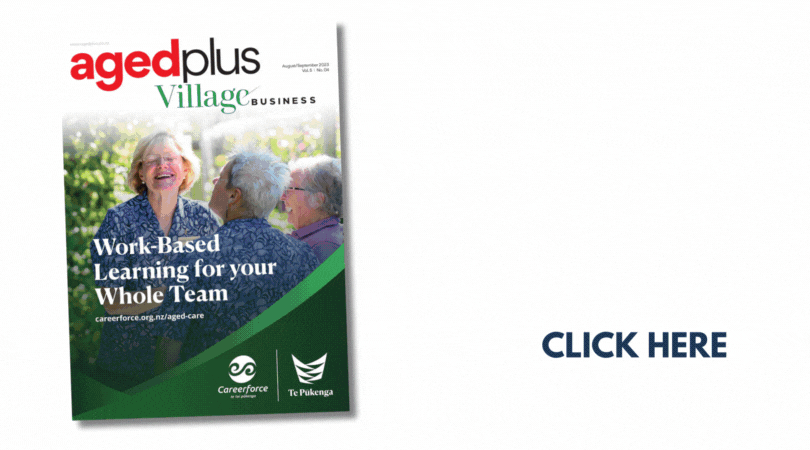Aches and pains, dodgy joints, and mobility issues are often thought of as par for the course when it comes to getting older. And, of course, often the trials and tribulations of aging are caused by factors beyond our control, like genetic or pre-existing conditions.
But increasingly, the power of prevention is being recognised when it comes to maintaining vitality into old age. For decades, the risks associated with smoking and alcohol consumption have been common knowledge, with an estimated 18.1 percent of preventable deaths in the United States caused by tobacco, and 3.5 percent by alcohol.
Diet and exercise, often thought of as peripheral practices beneficial but not integral to health, are now being recognised as of fundamental importance. 16.6 percent of preventable US deaths were related to poor diet and physical activity, which can cause cardiovascular disease, diabetes, and high blood pressure.
More people worldwide now die each year from obesity than from malnutrition, with global obesity numbers nearly tripling since 1975. In an era where processed food is often cheaper and easier to access than fresh produce, medical professionals are now beginning to approach food as medicine.
In Wilmington, North Carolina, doctors can now prescribe fresh food to be picked up at a local non-profit, whilst in Washington, DC, a program called ProduceRx lets doctors give Medicaid patients money to spend at a nearby Giant Food wholefoods supermarket. In Camden, Maine, doctors can give vouchers to eligible families to use at the local farmer’s market.
By encouraging people to view food as medicine, medical practitioners can alleviate some of the anxieties surrounding a change in diet, often a subject deeply intertwined with people’s sense of identity. If a healthy meal is as routine and even mundane as popping a pill, the assault on an individual’s identity that a ‘diet overhaul’ might cause is alleviated. For catered aged care facilities, a balance must be found between providing guests with plenty of healthy options without eliminating their free choice to treat themselves when they feel like it.
Prescribing exercise presents a more complex picture, as a more nuanced approach must be adopted in order to take mobility issues into account. However, the benefits are undeniable: a study published in Sports Medicine showed that prescribing exercise for the elderly can induce a significant reduction in risk of coronary heart disease, diabetes mellitus and insulin resistance, hypertension, and obesity, as well as improvements in bone density, muscle mass, arterial compliance, and energy metabolism.
In order to encourage residents to exercise, it’s important to set their sights suitably low – nobody needs to be out running marathons in order to reap the benefits of movement. Walking, swimming, and gentle strength work or yoga all have huge impact on mobility and a wide range of health issues, including psychological conditions like depression.
The Japanese trend of shinrin-yoku, or ‘forest bathing’, has recently garnered worldwide attention. Doctors are able to alleviate stress, depression, and hypertension issues, simply by instructing patients to spend a number of hours a week walking in the woods. Here in New Zealand, home to some of the world’s most pristine natural landscapes, we are spoilt for choice when it comes to native bush in which to immerse ourselves. Encouraging group activities outdoors might be the perfect pick-me-up for residents, both in terms of their physical and mental health, but also their social and spiritual well-being.






